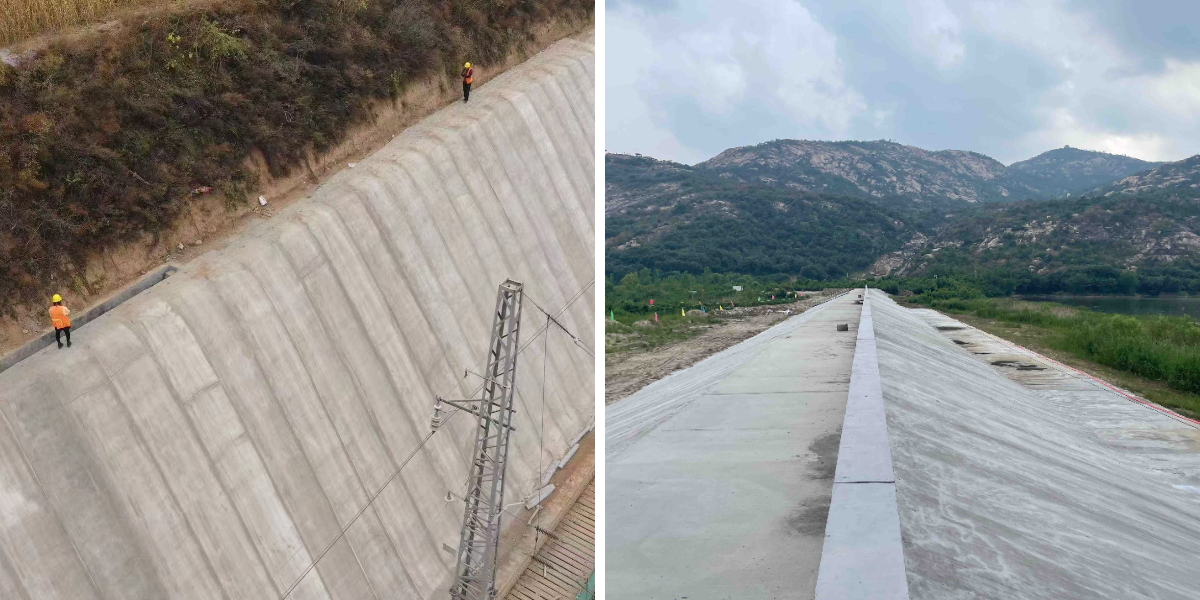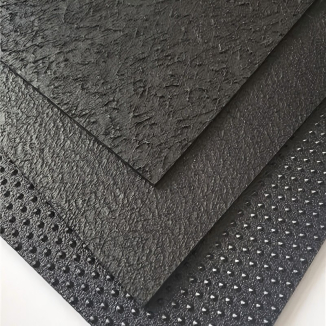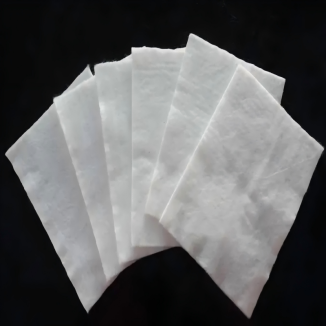Step-by-Step Guide: How to Install a Cement Blanket
Installing a cement blanket—also acknowledged as concrete cloth, cement curing blanket, or flexible concrete blanket—is a progressive method for rapid, lengthy lasting concrete installation. These cutting-edge components combine the electrical energy of normal concrete with the flexibility of a fabric, enabling faster curing times, lowered labor, and most advantageous security in the direction of environmental factors. Whether you’re stabilizing slopes, organising emergency shelters, or curing flatwork, understanding how to appropriate set up a cement blanket is quintessential for success.
This statistics will stroll you through the approach step-by-step, making certain your mission achieves most electricity and longevity.
1. Understanding Cement Blankets: Types and Applications
Before installation, it’s indispensable to draw shut the particular kinds of cement blankets and their applications:
Concrete Cloth : A flexible, cement-impregnated cloth that hardens when hydrated. Ideal for rapid-setting duties like drainage channels, fire shelters, or erosion control.
Cement Curing Blankets: Designed to preserve moisture and heat all thru concrete curing, making certain most beneficial hydration and power development. Used for flatwork, slabs, or structural elements.
Flexible Concrete Blanket: A lightweight, bolstered cloth that molds to irregular surfaces. Perfect for curved structures, tunnel linings, or pipeline protection.
Key Benefits:
Reduces curing time by using way of up to 75%.
Minimizes cracking and shrinkage.
Resistant to UV, water, and chemicals.
Requires no formwork or heavy machinery.
2. Pre-Installation Preparation
Proper training ensures a easy set up and long-lasting results.
2.1 Site Assessment
Surface Condition: The substrate have to be clean, level, and free of debris. Remove free soil, rocks, or vegetation.
Drainage: Ensure best drainage to cease water accumulation beneath the blanket.
Slope Stability: For sloped applications, verify the standpoint is inner the blanket’s encouraged limits (typically ≤45°).
2.2 Material Selection
Choose the ideal kind of cement blanket based totally definitely on your project:
For rapid hardening, figure out for concrete cloth.
For moisture retention for the period of curing, use a cement curing blanket.
For curved or irregular surfaces, choose a flexible concrete blanket.
2.3 Tools and Safety Gear
Gather the following:
Utility knife or scissors
Measuring tape
Hose or sprinkler system
Staples, nails, or weights
Safety goggles, gloves, and dust mask
3. Step-by-Step Installation Process
Follow these steps to installation your cement blanket correctly:
3.1 Unroll and Position the Blanket
Lay the concrete cloth or flexible concrete blanket on the prepared surface, making positive it aligns with the project’s edges.
Overlap adjoining sheets thru 4–6 inches to cease gaps. For cement curing blankets, make sure full insurance barring wrinkles.
3.2 Secure the Edges
Use staples, nails, or heavy objects (e.g., sandbags) to anchor the blanket’s perimeter. This prevents shifting in the route of hydration.
For sloped applications, set up the blanket from the bottom upward, overlapping each and every layer like shingles.
3.3 Hydrate the Material
Concrete Cloth: Spray water evenly the use of a hose or sprinkler. Aim for 50% of the blanket’s weight in water (e.g., 50 kg of water per a hundred kg of blanket).
Cement Curing Blanket: If used post-pour, drape the blanket over freshly set concrete and moist it gently to spark off moisture retention.
Flexible Concrete Blanket: Follow the manufacturer’s hydration guidelines, typically requiring uniform wetting interior 30 minutes of unrolling.
Pro Tip: Avoid over-saturating, as greater water can weaken the material.
3.4 Compact and Shape
Use a hand trowel or roller to press the blanket into the substrate, doing away with air pockets.
For curved surfaces, manipulate the flexible concrete blanket to conform to the shape previously than it hardens.
3.5 Cure and Monitor
Allow the blanket to treatment undisturbed for at least 24–48 hours, relying on ambient temperature and humidity.
Cement curing blankets may additionally continue to be in region for pretty a few days to maintain moisture levels.
Check for uneven hardening or dry spots; re-wet if necessary.
4. Post-Installation Best Practices
To maximize the lifespan of your cement blanket, comply with these renovation tips:
4.1 Seal Joints and Edges
Apply a concrete sealant to overlaps and uncovered edges to quit water infiltration.
For flexible concrete blankets, use a nicely suitable adhesive for delivered durability.
4.2 Protect from Mechanical Damage
Avoid heavy foot or vehicle site visitors until the material totally hardens (typically 7 days).
Place shielding boards or plywood over high-traffic areas.
4.3 Inspect Regularly
Check for cracks, peeling, or erosion, mainly in freeze-thaw climates.
Repair minor damage with a concrete patching compound.
5. Common Mistakes to Avoid
Even professional contractors can make errors. Here’s how to prevent them:
5.1 Insufficient Hydration
Issue: Under-watering leads to weak, crumbly concrete.
Solution: Measure water volume cautiously and re-wet dry patches.
5.2 Poor Anchoring
Issue: Unsecured blankets shift for the period of curing, inflicting uneven hardening.
Solution: Use sufficient staples or weights, in unique on slopes.
5.3 Ignoring Environmental Conditions
Issue: Cold local weather slows curing; heat speeds up moisture loss.
Solution: Use insulated cement curing blankets in wintry climate or coloration the vicinity in summer.
6. FAQs About Cement Blankets
Q1: How prolonged does a concrete cloth take to harden?
A: Most concrete cloth merchandise gain 80% electrical energy interior 24 hours and full energy in 7 days.
Q2: Can I minimize cement blankets to size?
A: Yes. Use a sharp utility knife to trim sheets until now than installation.
Q3: Are flexible concrete blankets as sturdy as everyday concrete?
A: While barely an awful lot much less compressive, flexible concrete blankets grant associated tensile electrical energy and closing crack resistance.
Q4: Do cement curing blankets work in moist climates?
A: Yes. They repel more water even as maintaining internal moisture for proper curing.
7. Conclusion: Why Choose Cement Blankets?
Installing a cement blanket—whether as concrete cloth, a cement curing blanket, or a flexible concrete blanket—offers unmatched effectivity and durability. By following this guide, you’ll attain a robust, low-maintenance flooring that withstands environmental stressors for years.
For your subsequent project, mirror onconsideration on the versatility of these materials. Their fast installation, diminished labor costs, and eco-friendly blessings make them a wise wish for contractors and DIY enthusiasts alike.
Ready to get started? Equip your self with the acceptable tools, select the great blanket type, and radically trade your concrete functions today!
Contact Us
Company Name: Shandong Chuangwei New Materials Co., LTD
Contact Person :Jaden Sylvan
Contact Number :+86 19305485668
WhatsApp:+86 19305485668
Enterprise Email: cggeosynthetics@gmail.com
Enterprise Address: Entrepreneurship Park, Dayue District, Tai 'an City,
Shandong Province









